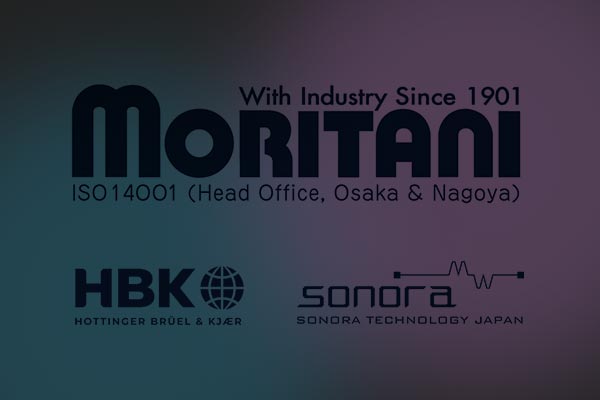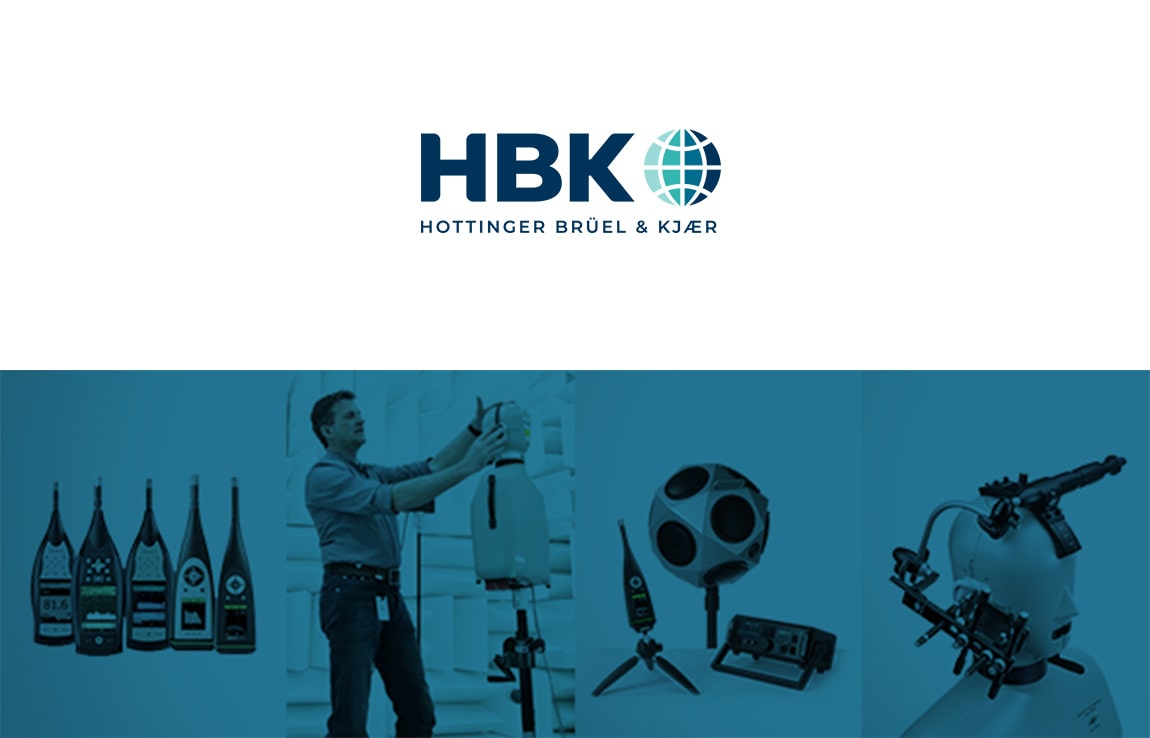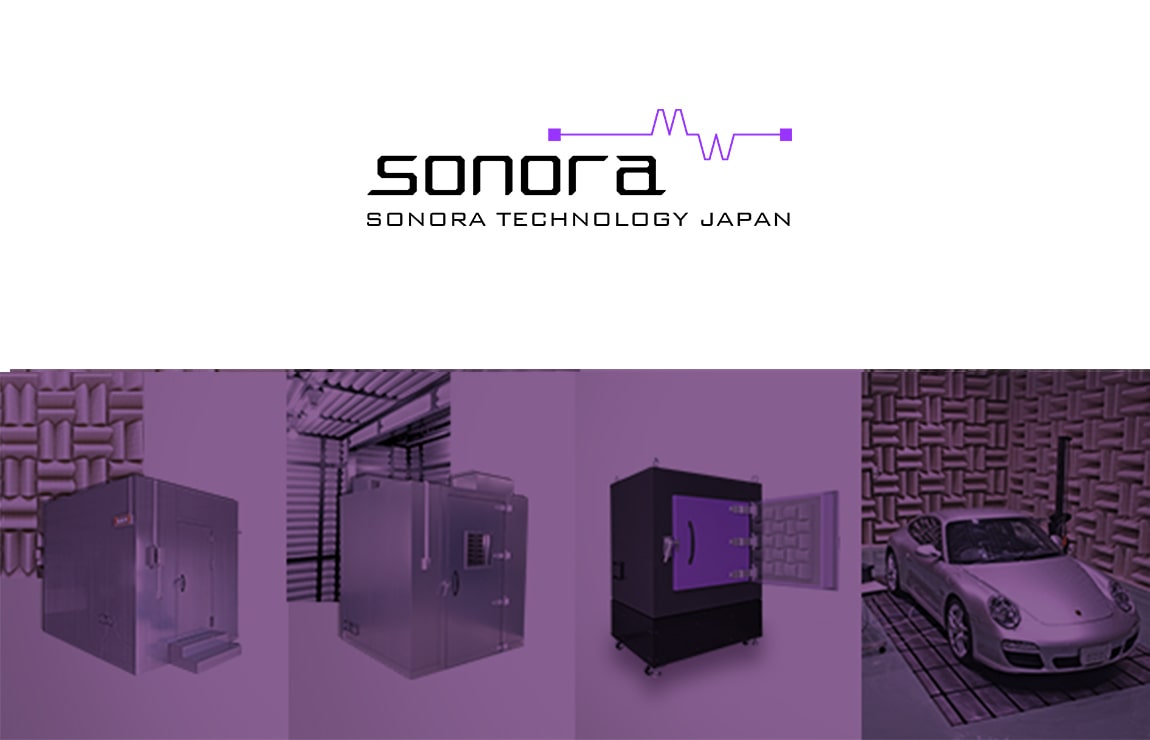Technical Column
What Is Sound Power Level? — A Practical Guide for Companies Considering Acoustic Measurements
May 26, 2025
- HBK × SONORA Acoustic Measurement Solution Official Website
- Technical Column
- What Is Sound Power Level? — A Practical Guide for Companies Considering Acoustic Measurements
Acoustic Power Measurement
Introduction
If you’re a company exploring noise measurement for your products, you’ve likely come across the term “sound power level.”
However, you may be unsure how it differs from sound pressure level, or how exactly sound power is measured.
In this guide, we’ll explain the basics of sound power level, how it’s measured, and what companies should keep in mind when outsourcing acoustic testing.
What Is Sound Power Level? How Does It Differ from Sound Pressure Level?
Sound Power Level (Lw) represents the total amount of acoustic energy emitted by a sound source.
Sound Pressure Level (Lp), on the other hand, reflects the sound intensity at a specific location.
To understand the relationship, consider the analogy of an earthquake:
- Magnitude (total seismic energy) = Sound Power Level
- Seismic intensity at a location = Sound Pressure Level
Even a large earthquake may feel weak far from the epicenter. Similarly, sound pressure depends on measurement distance and environment, while sound power is independent of these factors.
Key Differences:
| Sound Power Level (Lw) | Sound Pressure Level (Lp) | |
|---|---|---|
| Definition | Total acoustic energy emitted by the source | Sound intensity at a specific point |
| Environment Dependence | Independent of measurement conditions | Affected by room reflections, distance, etc. |
| Unit | dB (ref. 1 pW) | dB (ref. 20 μPa) |
| Reproducibility | High | Low-to-variable |
Why Sound Power Level Matters
- Allows objective comparison of product noise performance (e.g., air conditioners, PC fans)
- Environment-independent, enabling consistent results across labs
- Required for compliance with ISO standards and global noise regulations
How Sound Power Level Is Measured (According to ISO Standards)
There are three common measurement methods:
1. Anechoic Room Method (e.g., ISO 3745)
| Environment | In a reflection-free chamber |
|---|---|
| Advantage | High accuracy |
| Disadvantage | High setup cost |
2. Reverberation Room Method (e.g., ISO 3741)
| Environment | Uses sound reflections within a test room |
|---|---|
| Advantage | Lower cost, effective use of room acoustics |
| Disadvantage | More sensitive to environmental variation |
3. Sound Intensity Method (e.g., ISO 9614 series)
| Environment | Direct measurement of sound intensity vectors |
|---|---|
| Advantage | Field-capable; chamber not strictly required |
| Disadvantage | Requires skilled operation and specialized probes |
Which method is best depends on the product type, required accuracy, and budget.
Partnering with the Right Providers
Moriya Shokai offers complete solutions for sound power measurement, combining:
| HBK | A global leader in sound and vibration measurement technology with over 75 years of experience |
|---|---|
| Sonora Technology | Japan’s top manufacturer of industrial-grade anechoic chambers and acoustic enclosures |
From installation to after-sales support, we provide a one-stop solution tailored to your measurement needs.
Conclusion
For companies looking to implement or outsource sound power measurement, Moriya Shokai provides a powerful partnership backed by global and domestic leaders in acoustic technology.
HBK supports the entire product lifecycle with world-class instrumentation
Sonora Technology delivers high-performance acoustic environments designed and manufactured in Japan
We offer custom packages that integrate both equipment and chamber solutions for reliable, compliant acoustic testing
Contact us for more information or to schedule a consultation on your noise testing requirements.
Latest Posts in Technical Column
-

2025.12.06
Integrated Design of Anechoic Chambers with Auxiliary Equipment — Balancing Silence and Functionality — -

2025.11.30
Modular Semi-Anechoic Chambers — A Flexible Solution for Deployable Acoustic Testing — -

2025.11.25
Measuring Silence: How Anechoic Chambers Support Industrial Quality -

2025.11.18
Designing for Reproducibility — Environmental Stabilization in Acoustic Measurement — -

2025.11.13
The New Generation of Mobile Acoustic Measurement — Field Accuracy for Building and Environmental Sound Testing — -

2025.11.07
The Design Logic Behind the Inverse Square Law Zone in Anechoic Chambers -

2025.10.31
Acoustic Cameras and Anechoic Chambers — Visualizing Silence for Sound Source Analysis — -

2025.10.25
Integrated Acoustic and Vibration Analysis — Designing the Data Flow That Connects Measurement and Insight— -

2025.10.20
End-of-Line Acoustic Testing — Quantifying Quietness in Mass Production — -

2025.10.14
Designing the Future of Silence — The Fusion of Digital Acoustic Measurement and Spatial Engineering —

Contact Us
- Contact us by email
-
- Contact us by phone
-
Moritani Shokai
(Machinery Department No. 2, Tokyo Head Office)
Introduction of the Manufacturer
-

Hottinger Bruel & Kjaer
HHBK is a merger of two companies: Brüel & Kjær of Denmark and HBM of Germany.
Brüel & Kjær is one of the world’s leading manufacturers of acoustic and vibration measurement instruments, known as a total measurement chain supplier.Learn more about HBK
-

Sonora Technology Co., Ltd.
Sonora Technology is a leading Japanese manufacturer of industrial anechoic chambers and anechoic boxes.
From design and manufacturing to installation and acoustic performance assurance, Sonora provides fully integrated solutions to build complete acoustic measurement environments from the ground up.Learn more about Sonora

Contact / Request Brochure
For inquiries or consultations regarding the total solutions provided by HBK × Sonora, please feel free to contact us using the Contact button.
If you would like a brochure sent by mail, please use the Request Brochure button.